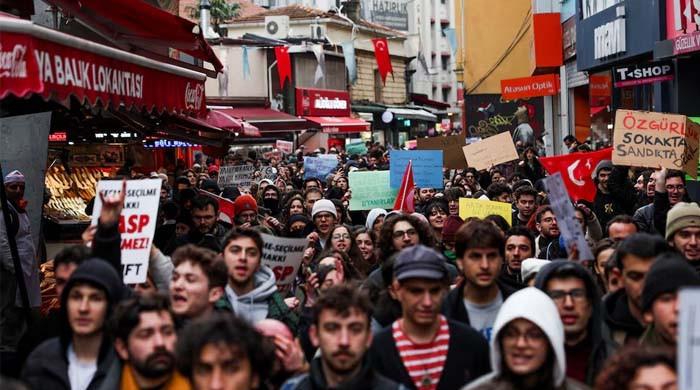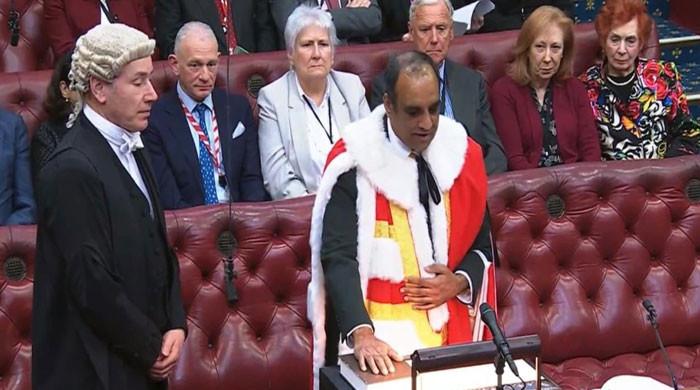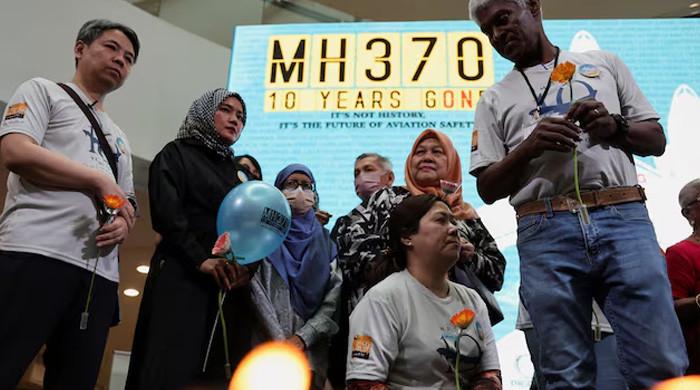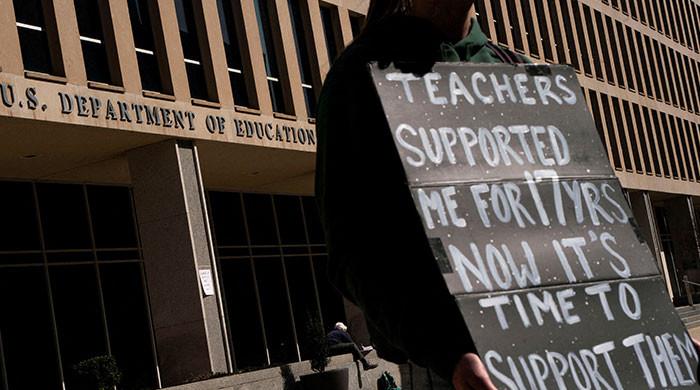9 killed, 5 injured as clashes erupt between guerrilla groups in Colombia
In Caracas, government and ELN say they had identified "critical zones" to benefit from humanitarian relief
September 05, 2023

Despite the progressive peace talks between two guerilla groups to end the decades-long fighting in the country, as many as nine people were dead leaving five others injured after deadly fighting erupted in Colombia, officials said Monday.
The fighting took place between the dissidents of the disarmed FARC and the National Liberation Army (ELN), the governor of the eastern Arauca department said.
It was not made clear whether the dead and injured were civilians.
On Monday, Colombia's last recognised guerrilla group ELN wrapped up a fourth round of discussion with the government in Venezuela, announcing an agreement on humanitarian aid for conflict-hit areas.
Just after the talks ended, ELN fighters were reported to have been engaged in fighting with members of the dissident so-called Central General Staff (EMC) in the municipality of Puerto Rondon near the Venezuela border since the weekend.
Talks with the ELN form part of leftist President Gustavo Petr's stated quest for "total peace" in Colombia, which also envisions negotiations with FARC dissidents.
The country has seen more than five decades of conflict between the government on one side, and leftist guerrillas, right-wing paramilitaries, drug cartels and other criminal groups on the other.

The Arauca department, a hub for the trafficking of cocaine and illegally mined minerals due to a paucity of security forces, has been the scene of repeated violent confrontations.
Critical zones and peace
In Caracas, the government and the ELN said they had identified "critical zones" to benefit from humanitarian relief.
"We have reached new agreements that move us closer to the peace desired by all," government negotiator Otty Patino said.
For his part, ELN leader Pablo Beltran said the identified areas have suffered "attacks against communities" caught up in the fighting.
It was not immediately clear who will be providing the humanitarian aid.
The so-called Caracas agreement identifies two communities — Bajo Calima and San Juan — in the eastern Cauca Valley as areas to receive urgent attention.
Others will be added later.
Under the plan, the zones will benefit from "humanitarian actions" and "social development projects," according to the text.
It added that in the coming weeks, "delegations will travel to the territories" to start identifying projects.
The ELN started as a leftist ideological movement in 1964 before turning to crime, focusing on kidnapping, extortion, violent attacks and drug trafficking in Colombia and neighbouring Venezuela.
With some 5,800 combatants, the group is primarily active in the Pacific region and along the 2,200-kilometer (1,370-mile) border with Venezuela.
Official data shows the ELN has a presence in more than 200 municipalities where fighting has displaced communities caught up in the violence.
At the end of May, some 1,500 people, mainly from Indigenous communities, had to flee their territory in western Choco due to fighting between the ELN and the Gulf Clan, the country's biggest drug gang.
The ELN became the oldest armed group in the Americas after the disarmament of the Revolutionary Armed Forces of Colombia under a 2016 peace agreement.
The ELN has taken part in failed negotiations with Colombia's last five governments.
In the last talks with Petro's government, held in Cuba, the two sides agreed on a ceasefire that entered into force in August.
Another round of negotiations, for which a date has yet to be set, will take place in Mexico.
The EMC, for its part, has about 3,500 armed fighters.
On Saturday, the government and EMC said they would reactivate a ceasefire that has been suspended since May, but without specifying when this would come into force.











